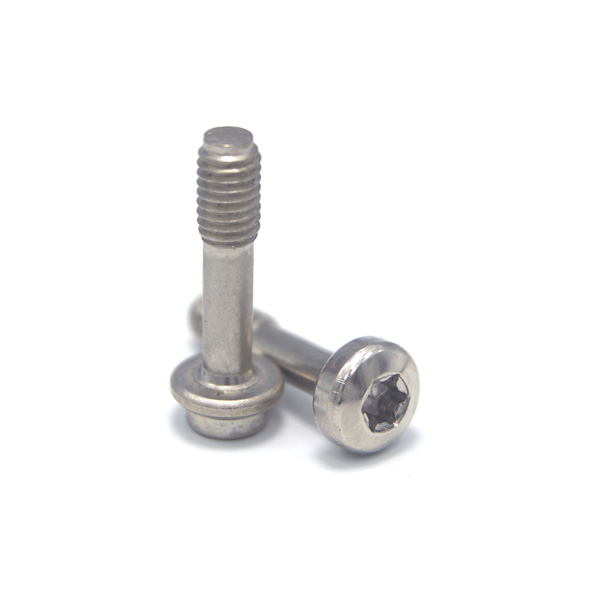Fishing in fast-moving water requires a weight to help keep the line in place. | Adobe Stock
Some anglers simply tie or crimp any style of fishing weight to the line to help it sink or stay in place in fast-moving water. This is the way it has always been and the way that most of us kids were taught to do it. Fast forward a few years and a few advancements in technologies, and now the angler has more choices of style, shape and metals used to manufacture fishing weights. Carp Fishing Tackle

Lead is bad for the environment, as indicated in why steel birdshot, tungsten fishing weights and non-lead acid batteries are made. Anything made with lead is soon to be “dead,” which is a good thing for the environment. To take the place of lead, other less harmful metals are being used to make fishing weights, such as tungsten steel, bismuth, brass and alloys of tin, zinc and copper.
The reason smaller lead fishing weights are being replaced is the direct harm to wildlife smaller fishing weights can cause to the local wildlife which could inadvertently swallow smaller lead fishing weights or shotgun pellets, causing lead toxins to build up and possibly transfer to other wildlife or humans. This has been a known problem for many years, and more and more states have banned the use of small lead fishing weights.
The No. 1 replacement found across the fishing industry is the use of a tungsten steel alloy, which is far denser than lead. “Tungsten produces more sound underwater. It has a better feel on underwater objects and produces a smaller bait profile like small bait fish,” according to Bass Angler Guide Magazine. “Tungsten has become the No. 1 choice for most Pro Anglers.”
Using different-shaped weights for better fishing is a success story that many anglers swear by. Smaller, round weights that can be pinched or crimped onto a fishing line are still the most versatile weights to use when fishing the river. Most anglers crimp or tie on a smaller weight about 18-24 inches above the hook to offer the perfect balance of feel and bait displacement as the line travels downstream with the current. The angler will be able to feel all the little bumps and jumps as the weight bounces along the bottom.
Tungsten and lead are still the two most common metals used with fishing weights; however, the versatility of lead is still favored by many. It is easier to cut, melt, cast into moldings and make jig heads with. Many lure companies have stopped using lead altogether, and some high-end retailers have refused to sell lead fishing weights.
The next time you are looking to purchase more fishing weights, look at some of the ones made with tungsten. Try them out compared to the old, traditional lead weights and see if you can tell the difference in the performance and size. You might be surprised to find out that smaller diameters mean fewer chances of getting snagged in fast-moving water.
© 2023 Kern Valley Sun. All rights reserved.

Tip Weight To submit press releases: Email news@kvsun.com